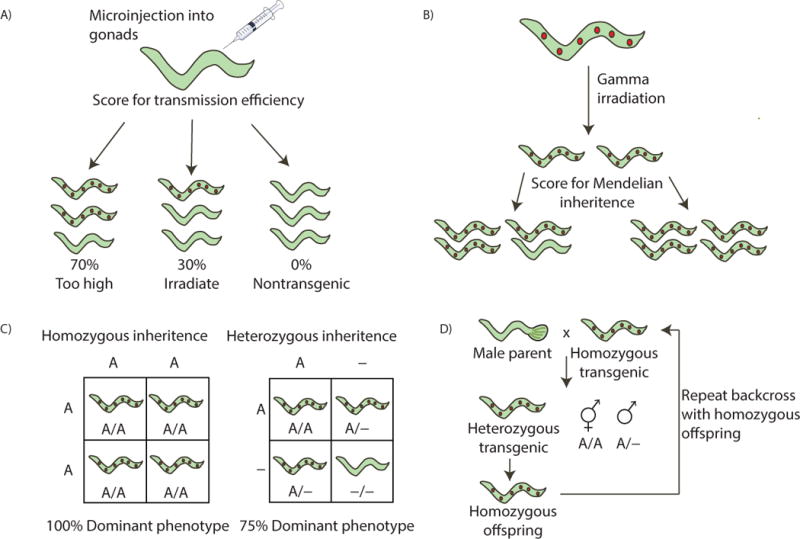Figure 3. Generation of transgenic worm lines.

A) Microinjection of the dominant phenotype marker (mec7::mrfp, which causes constitutive expression of mRFP in 6 touch receptor neurons in the worm, shown as red dots) and Halo-POI (under heat shock promoter) plasmids into hermaphrodite worms leads to transgenic worms with various rates of transmission. Transmission efficiency can be determined by observing the percent transgenic offspring. B) Using transgenic worms with ~30% transmission efficiency, gamma irradiation is performed to integrate the plasmids into the genome, resulting in progeny that display Mendelian inheritance. C) Mendelian inheritance patterns for homozygous and heterozygous dominant phenotypes. The inheritance of the dominant phenotype marker is 100% or 75%, respectively. D) Backcrosses are performed with homozygous transgenic worms and male parent worms, giving heterozygous offspring that display Mendelian inheritance. Other possibilities of offspring include homozygotes hermaphrodites (A/A) from self-fertilization and heterozygote males (A/-). The two types of transgenic hermaphrodites can be distinguished by scoring the transmission, and only homozygous offspring of heterozygous transgenic worms should be used.
